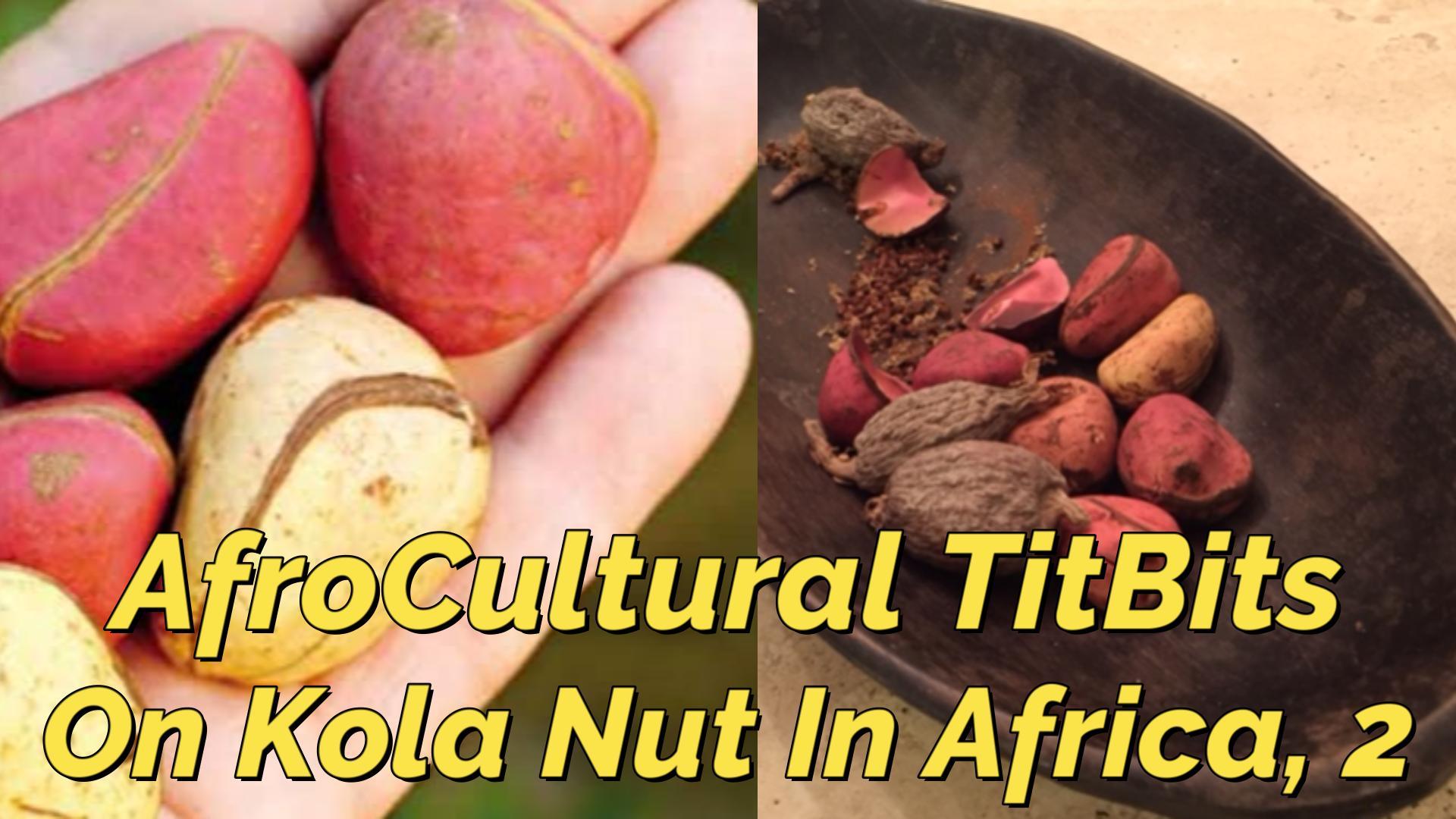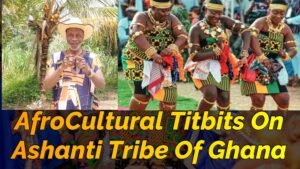July 6, 2022
SOME DOs AND DON’Ts GUIDING THE BREAKING AND SERVING OF KOLA NUT IN IGBO LAND IN NIGERIA
Greetings, folks, and welcome to the second edition of No Bullshitting Blog’s “AfroCultural TitBits” Series. It is also the second edition of our series on Kola Nut, the “Holy Communion” ‘Bread’ of Africa.We tag kola nut the, “Holy-Communion” ‘Bread’ among the Igbo people of southeast Nigeria, in West Africa. Did you miss the premiere edition? Not to worry sir, or ma’am! Here is the link to it already. It does make more sense when you follow our story from the beginning; don’t you agree? Please do, and click already:
If you have read the last edition that I linked you to, then you already know the make-up and the meaning of the name of our traditionalist, Udoakpuenyi. He brings you our second edition of AfroCultural TitBits on Kola Nut, among the Igbo people of southeast Nigeria, West Africa.
Kola Nut Dos and Don’ts In Igbo Land In Nigeria, West Africa:
Hello, good people, and welcome to the second edition of “AfroCultural TitBits on the “Holy Communion” nut of Africa. There are several rules guiding the breaking and serving of the kola nut in Igbo land, in southeast Nigeria. Breaking any of those rules brings serious jest to the violator. In a formal serious occasion, it actually brings outright condemnation. And, the recipients of the kola nuts may reject the nuts from the violator. Placating the recipients of the violated kola nuts may take special compensation, or the violator may actually be outrightly slammed with a fine.
The occasion may be formal, such as village meetings, or informal, such as a scenario of an ordinary reception of a casual guest in a family. The wife or a woman of the house can buy kola nuts in the market, but a woman cannot bless, break, or serve kola nuts if there is a man around. It is a taboo for a woman to break a kola nut in the presence of a male. It does not matter how small or how young that the male is—even as little as five years old. The woman’s duty is to wash the kola nut, put it/them on a clean plate or a special type of wooden carved plate/bowl. The dedicated wooden bowl/plate is called “Okwa oji.” “Okwa” is ‘wooden container,’ and “Oji” is ‘kola nut,’ in Igo language. This translates to “wooden kola nut container.” Then, she hands it to the husband or a son, or any male present, to present to the guest(s). Here’s “Okwa-oji” with some “oji” in it:
However, women can serve kola nuts to themselves in a gathering of women. But, if there is any male around, that male has to break the first nut for them, and possibly, share the communion ‘bread’ to them. An exception to this rule is among the Igbo people of Anioma in Delta state (south-south Nigeria). “Omu” has the right in Anioma to bless the kola nut. “Omu” is a title to the King-Mother who is in charge of women and the community market. She is the spiritual leader, well revered and respected in the community. The Omu is no longer considered a woman as soon as she takes the title. She cannot be married. Even if she is already married by the time that she is chosen by the gods to serve the throne, she withdraws from that marriage. Omu has the right to marry wives and own property, just like men, in Anioma. This will be our discussion for another day, where we shall explain how a woman marries another woman in the culture, and for what purpose.
Another ‘Don’t’ of kola nut ritual is that it is not broken horizontally when it is being served in the traditional setting. It has to be broken vertically along the natural lines or seams where the parts are joined, like a peeled orange. The pieces are very loosely glued together by nature. They are easily broken apart by poking a knife or even a strong fingernail in the middle of the meeting point of the seams. It is only after then that you can use a knife to horizontally cut the naturally separated broken lobes into the required number of pieces to reach all the persons that are present. Breaking the rule of the ceremonial vertical breaking of kola nuts can result in the outright rejection of the kola nuts by the “Communion” partakers. A close-up on the kola nut showing the seams:
If there is only one or two nuts available, and there are twenty participants, those two little nuts must be cut into pieces to serve every single person. In fact, even if there are 100 persons present, then the two small nuts must reach everyone, except, of course, if some persons voluntarily decline. No matter how rich, how prominent, or how old a guest may be, one person is not allowed to eat a whole kola nut by himself, as long as there are other persons around. It must be split so that everybody can share in the blessings, no matter how small the pieces. It is not about the quantity that one eats in the communion, but the significant quality of traditional prayers and blessings that are attached to the communion. Nevertheless, if the guests are important personalities, one whole kola nut is given to them to take home for the “Oji ruo ụlọ” tradition, as mentioned in the first edition of this series.
It is interesting to note that the kola nuts communicate to the people through the number of splits in the nuts. When it is broken after the prayers, the parts are cast on the plate. The position of each part, (face-up, or face-down) helps to predict something about that visit or the occasion. This reveals the depth of the Igbo race in the science of numbers. In some occasions, kola nut is used as divination object. The kola nut must be blessed in whole before breaking it. Here is pictorial for you:
On the next edition, we shall provide you with more details on the kola nut rituals. For instance, there are condiments that come with the serving of the nuts…next, on “AfroCultural TitBits” on Kola Nut, in Igbo land of southeast Nigeria.
A presentation of Udoakpuenyi
Contributory editing/augmentation by Harry Agina




